Home>Technology>Home Entertainment Systems>How Was Graphic Design Used In Film And Television?
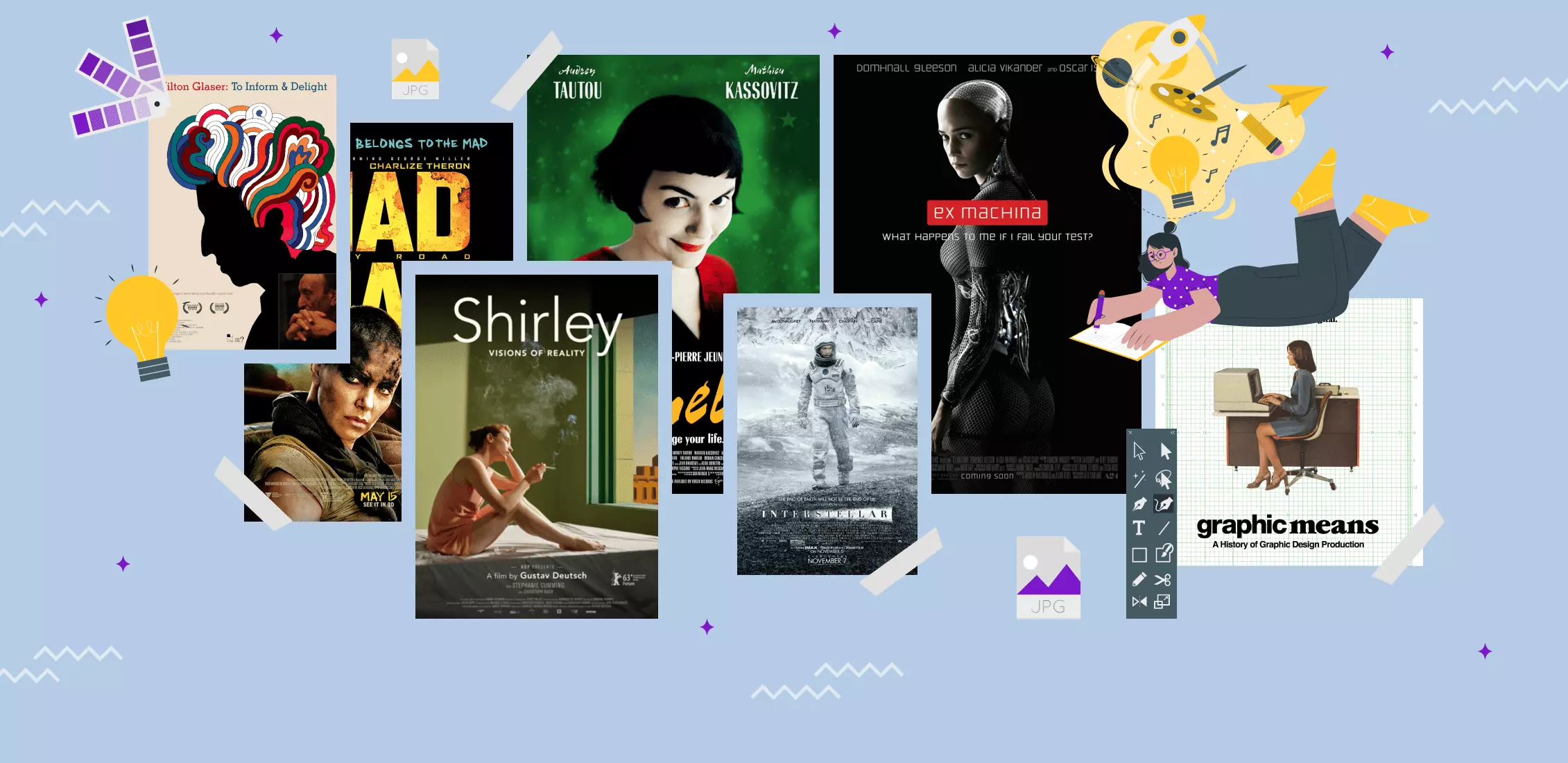

Home Entertainment Systems
How Was Graphic Design Used In Film And Television?
Modified: March 1, 2024
Discover how graphic design has transformed the world of film and television. Explore the powerful impact of home entertainment systems in enhancing the visual experience.
(Many of the links in this article redirect to a specific reviewed product. Your purchase of these products through affiliate links helps to generate commission for Storables.com, at no extra cost. Learn more)
Introduction
Graphic design plays a crucial role in the world of film and television, enhancing the visual experience and bringing narratives to life. Beyond just creating stunning visuals, it is a powerful tool used to convey information, set the tone, and establish the overall aesthetic of a production. From the iconic title sequences to the intricately designed props and sets, graphic design is deeply integrated into every aspect of the home entertainment experience.
In this article, we will explore the historical significance of graphic design in film and television, its role in creating title sequences, its importance in setting the visual style, the use of graphic design in motion graphics and visual effects, collaborations between graphic designers and filmmakers, case studies of iconic graphic design, and the future trends and innovation in this field.
So, whether you are a fan of classic films, binge-watching the latest Netflix series, or simply interested in the creative process behind home entertainment, this article will provide you with a comprehensive understanding of the fascinating world where graphic design and film collide.
Key Takeaways:
- Graphic design in film and television has a rich history, from iconic title sequences to visually immersive motion graphics, showcasing the power of design in enhancing storytelling and setting the visual tone.
- The future of graphic design in home entertainment holds exciting possibilities, including AR/VR integration, AI-powered tools, and a focus on sustainability and inclusivity, promising innovative and visually captivating experiences for audiences.
Historical Overview of Graphic Design in Film and Television
The use of graphic design in film and television dates back to the earliest days of cinema. In the silent era, title cards were used to provide dialogue, narration, and other important information to the audience. These title cards were meticulously hand-designed, often featuring elaborate typography and illustrations, to capture the essence of the story. However, with the advent of sound in the late 1920s, the need for title cards diminished, making way for a new form of graphic design: the title sequence.
The title sequence became a distinctive art form in itself, with designers embracing the opportunity to visually introduce the film or television show. In the 1940s and ’50s, designers like Saul Bass revolutionized the field by creating memorable and innovative title sequences. Bass’s work on films like “Vertigo” and “North by Northwest” became iconic, blending graphic elements, typography, and motion to establish the mood and theme of the film.
The 1960s saw the rise of television and the popularization of the small screen. Show intros and commercial breaks became another canvas for graphic designers to showcase their creativity. In shows like “The Twilight Zone” and “The Jetsons,” graphic design played a vital role in creating the futuristic and surreal visual worlds.
With the advancements in technology, graphic design in film and television continued to evolve. The invention of digital editing and effects in the 1980s opened up new possibilities for designers to integrate graphics seamlessly into the visual storytelling. This led to the rise of motion graphics, which combine graphic design principles with animation techniques to create dynamic and engaging visuals.
Today, graphic design is an integral part of the filmmaking process. From designing visually stunning posters and promotional materials to creating intricate user interfaces for futuristic sets, graphic designers collaborate closely with directors, production designers, and visual effects artists to achieve the desired aesthetic and enhance the storytelling.
In the next sections, we will delve deeper into the specific roles and applications of graphic design in film and television, showcasing the incredible impact it has had on the home entertainment experience.
Role of Graphic Design in Creating Title Sequences
Title sequences have become a significant part of the film and television viewing experience, setting the stage for what audiences are about to watch. Graphic design plays a crucial role in creating these captivating and memorable sequences.
First and foremost, the graphic design of a title sequence captures the essence and theme of the production. The typography, color palette, and overall visual style are thoughtfully crafted to reflect the mood, genre, and storyline of the film or show. Whether it’s a bold and energetic sequence for an action-packed movie or a sleek and minimalist title sequence for a drama, graphic design sets the visual tone right from the beginning.
Graphic designers also have the important task of effectively conveying key information through the titles. They must find creative ways to display the cast and crew names, production company logos, and other relevant details without overwhelming the viewer. By using typography, motion, and imagery in innovative ways, designers create visually compelling and informative title sequences that engage the audience while seamlessly integrating important information.
Another function of graphic design in title sequences is to establish the overall aesthetic and visual branding of the production. By developing a consistent design language, designers ensure that the title sequence aligns with the overall visual style of the film or show. This visual cohesiveness creates a sense of unity between the opening sequence and the rest of the production, helping to immerse the audience in the world being portrayed.
Moreover, title sequences are an opportunity for graphic designers to showcase their artistic flair and push the boundaries of design. It allows them to experiment with different techniques, such as combining live-action footage with animation, using unconventional typography, or integrating visual effects. The result is often a visually stunning and innovative sequence that leaves a lasting impression on the viewer.
Overall, the role of graphic design in creating title sequences cannot be overstated. It sets the tone, conveys essential information, establishes visual branding, and showcases the creativity and expertise of graphic designers. It is an art form that has evolved over the years, and its impact on the home entertainment experience is undeniable.
Importance of Graphic Design for Setting the Visual Style
Graphic design plays a pivotal role in setting the visual style of a film or television production. It is a powerful tool that helps create a cohesive and immersive visual experience for the audience.
One of the primary ways graphic design influences the visual style is through the creation of key visual elements such as logos, typography, and color palettes. These elements are carefully designed and chosen to represent the themes, atmosphere, and overall tone of the production. By crafting unique and visually striking logos, designers can leave a lasting imprint in the minds of viewers, instantly associating the graphic with the film or show.
Typography is another essential aspect of graphic design that significantly impacts the visual style. The choice of fonts and how they are used can convey a wide range of emotions and aesthetics. A bold and edgy typeface might be selected for an action-packed blockbuster, while a delicate and elegant font could be chosen for a romantic period drama. The way typography is incorporated throughout the production, from title cards to on-screen text, adds to the overall visual style and enhances the storytelling.
Color plays a crucial role in creating the visual atmosphere and evoking specific moods and emotions. Graphic designers work closely with directors and cinematographers to select color palettes that align with the desired tone of the production. Vibrant and saturated colors might be used for a lively and energetic film, while muted and desaturated tones could be chosen for a somber and melancholic story. The consistent use of color throughout the various visual elements, from costumes to set design, creates a unified and visually appealing world.
Beyond logos, typography, and color, graphic design also helps shape the overall composition and framing of visual elements within a scene. Designers collaborate closely with production designers and cinematographers in creating visually striking and balanced shots. They ensure that every visual component, from props to set dressing, aligns with the visual style and contributes to the storytelling.
Graphic design also extends to creating marketing materials, such as posters, trailers, and promotional graphics. These materials are often the first interaction audiences have with a film or show, and they play a vital role in piquing interest and setting expectations. Graphic designers use their expertise to capture the essence of the production in these materials, ensuring they are visually appealing and effectively convey the visual style.
In summary, graphic design is essential for setting the visual style of a film or television production. Through the careful selection of logos, typography, colors, and composition, graphic designers create a cohesive and immersive visual experience that enhances the storytelling and leaves a lasting impression on the audience.
Use of Graphic Design in Motion Graphics and Visual Effects
Graphic design is not confined to static images or printed materials; it also plays a crucial role in the dynamic and ever-evolving world of motion graphics and visual effects in film and television.
Motion graphics, which combine graphic design principles with animation techniques, are used to create dynamic visual elements that enhance the storytelling and engage the audience. Graphic designers collaborate closely with animators and visual effects artists to design and animate these elements seamlessly.
One of the key applications of graphic design in motion graphics is the creation of animated text and typography. By adding movement and visual flair to text elements, designers can bring words to life, conveying emotion, energy, and emphasis. Animated text can be used to introduce characters, provide crucial information, or enhance the overall visual style of a scene.
Graphic design is also instrumental in the design and creation of motion graphics that enhance visual storytelling. For example, infographics and data visualizations are commonly used to convey complex information in a visually appealing and digestible way. Graphic designers use their expertise to translate data into compelling and easy-to-understand visual representations.
Visual effects, another area where graphic design plays a significant role, involve the integration of computer-generated imagery (CGI) and other digital elements into live-action footage. Graphic designers work alongside visual effects artists to design and create these elements, ensuring they seamlessly blend with the real-world environments.
From creating futuristic user interfaces for high-tech gadgets to designing elaborate title animations or transforming ordinary scenes into fantastical landscapes, graphic design enhances the visual spectacle of film and television through visual effects.
Moreover, graphic designers also contribute to the creation of visual design elements in virtual reality (VR) and augmented reality (AR) experiences. This emerging field offers exciting opportunities for designers to push the boundaries of graphic design and explore new ways of immersing audiences in captivating visual worlds.
Overall, graphic design is an integral part of motion graphics and visual effects in film and television. Through the creation of animated text, information visualizations, CGI elements, and virtual reality experiences, graphic designers bring their creative vision to the dynamic and visually immersive world of motion graphics and visual effects.
Graphic design in film and television is used to create visual elements such as title sequences, motion graphics, and promotional materials. It helps to establish the tone and style of the production, so pay attention to how graphic design is used to enhance the storytelling and overall visual experience.
Collaborations between Graphic Designers and Filmmakers
The collaboration between graphic designers and filmmakers is a crucial synergy that brings together the realms of design and storytelling. By working together, they create a cohesive visual experience that elevates the film or television production.
Graphic designers bring their expertise in visual communication and design principles to the table, while filmmakers provide the narrative and creative vision. This collaboration starts from the early stages of pre-production, where designers work closely with the director and production team to understand the vision and aesthetic of the project.
One of the key areas where graphic designers and filmmakers collaborate is in the creation of visual branding for the production. Whether it’s designing a logo, selecting a color palette, or establishing a visual style guide, this collaboration ensures that the visual identity is consistent and aligns with the storytelling.
In the development of the production design, graphic designers play a crucial role in designing and creating visual elements such as props, signage, and set dressing. These elements not only add depth and detail to the story but also contribute to the overall visual style. The collaboration between graphic designers and filmmakers ensures that these visual elements seamlessly integrate into the narrative and enhance the storytelling.
Title sequences, as mentioned earlier, are another area where graphic designers collaborate closely with filmmakers. They work together to conceptualize and create visually striking and thematically relevant sequences that captivate the audience from the very beginning.
Graphic designers also contribute to the promotion of the film or television show. They work with the marketing team to create eye-catching posters, trailers, and promotional materials that accurately represent the production and engage potential viewers. This collaboration ensures that the marketing materials effectively communicate the visual style and capture the essence of the story, enticing audiences to watch.
Furthermore, in the post-production phase, graphic designers collaborate with editors and visual effects artists to seamlessly integrate graphics, animations, and visual effects into the final cut of the film or show. This collaboration ensures that these elements enhance the storytelling without distracting from the narrative.
Ultimately, the collaboration between graphic designers and filmmakers is a harmonious blend of creativity, visual communication, and storytelling. By working together, they bring their respective talents and expertise to create a visually cohesive and engaging production that captivates audiences around the world.
Case Studies of Iconic Graphic Design in Film and Television
Throughout the history of film and television, there have been numerous examples of iconic graphic design that have left a lasting impact on audiences and become synonymous with their respective productions. Let’s explore a few notable case studies that showcase the power of graphic design in the home entertainment industry.
One of the most iconic examples is the opening title sequence for Alfred Hitchcock’s “Vertigo,” designed by Saul Bass. Bass’s graphic design elements, featuring spirals and fragmented imagery, perfectly captured the themes of obsession and psychological turmoil portrayed in the film. The sequence has become synonymous with the movie and is widely regarded as a masterpiece of graphic design.
In the realm of television, the opening title sequence for “Stranger Things” has become instantly recognizable and beloved by fans. Designed by the creative studio Imaginary Forces, the sequence draws inspiration from ’80s graphic design and typography, paying homage to the era in which the show is set. The retro-inspired visuals, accompanied by an eerie synth-driven soundtrack, perfectly set the nostalgic and mysterious tone of the series.
Another fascinating case study is the graphic design work done for the “Harry Potter” film series. Graphic designers such as MinaLima brought J.K. Rowling’s wizarding world to life by designing a wide range of visually immersive props, including book covers, posters, and packaging for magical products. Their attention to detail and commitment to creating an authentic and enchanting visual experience for fans have made their work iconic and highly valued by both the filmmakers and the audience.
Moving into the realm of animation, the graphic design elements in “The Incredibles” are worth noting. Designer Teddy Newton brought a distinct mid-century modern aesthetic to the film, infusing it with a retro charm that harkens back to the golden age of superhero comics. The bold colors, sleek typography, and stylized graphics became a defining visual aspect of the film and contributed to its timeless appeal.
Lastly, we cannot overlook the impact of the opening title sequence for “Game of Thrones.” Designed by Elastic, the sequence uses intricate 3D models and motion graphics to visually depict the fictional world of Westeros. The blending of maps, sigils, and landscapes in a fluid and engaging manner immediately immerses viewers into the epic fantasy realm of the show, setting the stage for the complex and gripping narrative that unfolds.
These case studies highlight the incredible power of graphic design in leaving a lasting impression on audiences. Whether through captivating opening title sequences, meticulously designed props, or immersive animation, graphic design has the ability to enhance the storytelling and become an iconic part of the film or television experience.
Future Trends and Innovation in Graphic Design for Film and Television
The world of graphic design for film and television is ever-evolving, constantly pushing boundaries and embracing new technologies. As we look to the future, several trends and innovations are emerging, which promise to further enhance the visual experience and storytelling in the home entertainment industry.
One exciting trend is the integration of augmented reality (AR) and virtual reality (VR) into the filmmaking process. Graphic designers are exploring ways to use AR and VR to create immersive and interactive experiences for audiences. This technology enables viewers to enter virtual worlds, interact with characters and objects, and experience films and television shows in entirely new and exciting ways.
Additionally, the use of artificial intelligence (AI) in graphic design is becoming more prevalent. AI-powered tools can automate repetitive tasks, allowing designers to focus on more creative and strategic aspects of their work. These tools can also generate design variations based on user inputs, speeding up the design process and offering a wider range of design possibilities.
Another trend on the horizon is the integration of motion design and graphic design. Motion graphics are being increasingly used to convey information and enhance storytelling, and graphic designers are adapting their skills to create visually captivating and dynamic motion graphics. This fusion of static and kinetic design elements adds a new layer of engagement and excitement to the visual experience.
The advancement of technology is also impacting the way graphic design is delivered and consumed. Streaming platforms and digital distribution have created new opportunities for designers to create visually enticing thumbnails, cover art, and user interfaces that capture viewers’ attention and enhance the overall streaming experience.
Moreover, the trend of sustainability and eco-consciousness is influencing the field of graphic design. More filmmakers and designers are adopting environmentally friendly practices, opting for digital designs and reducing the use of physical materials. This focus on sustainability not only contributes to a greener industry but also opens up new creative possibilities without compromising on visual impact.
As the world becomes more interconnected, graphic design for film and television is adapting to new global aesthetics and cultural influences. Designers are embracing diverse perspectives and incorporating them into their work, creating visually rich and inclusive productions that resonate with audiences from various backgrounds.
Overall, the future of graphic design for film and television holds tremendous potential for innovation and creativity. From the integration of AR and VR to the use of AI-powered tools, the possibilities are endless. As technology continues to advance, we can expect even more immersive, visually stunning, and emotionally engaging experiences that push the boundaries of graphic design and storytelling in the home entertainment industry.
Conclusion
Graphic design is a vital and dynamic component of the home entertainment industry, playing a pivotal role in enhancing the visual experience and bringing stories to life. From the iconic title sequences to the intricately designed props and sets, graphic design is deeply intertwined with every aspect of film and television.
In this article, we have explored the historical significance of graphic design in film and television, delving into its role in creating captivating title sequences, setting the visual style, and adding depth through motion graphics and visual effects. We have also examined the collaborations between graphic designers and filmmakers, showcasing how their synergy results in cohesive and visually immersive productions.
Through various case studies, we have seen how iconic graphic design elements have become synonymous with their respective films and shows, leaving a lasting impact on audiences. These examples illustrate the power of graphic design to convey themes, set tones, and create cohesive visual experiences that resonate with viewers long after the credits roll.
Looking ahead, the future of graphic design in film and television holds exciting possibilities. The integration of augmented and virtual reality, the use of artificial intelligence, and the fusion of motion design and graphic design will continue to shape the industry and offer new avenues for creative expression.
Furthermore, the industry is becoming more conscious of sustainability and inclusivity, embracing eco-friendly practices and diverse perspectives to create visually rich and meaningful productions that resonate with global audiences.
In conclusion, graphic design is an integral part of the home entertainment experience. Its influence is undeniable, from setting the visual style and creating memorable title sequences to enhancing storytelling through motion graphics and visual effects. As technology advances, we can expect new trends and innovations that will further elevate the impact of graphic design in the world of film and television.
So, whether you’re experiencing the magic of a classic film, binge-watching the latest series, or exploring virtual worlds, take a moment to appreciate the intricate and artful graphic design that contributes to your home entertainment journey.
Frequently Asked Questions about How Was Graphic Design Used In Film And Television?
Was this page helpful?
At Storables.com, we guarantee accurate and reliable information. Our content, validated by Expert Board Contributors, is crafted following stringent Editorial Policies. We're committed to providing you with well-researched, expert-backed insights for all your informational needs.
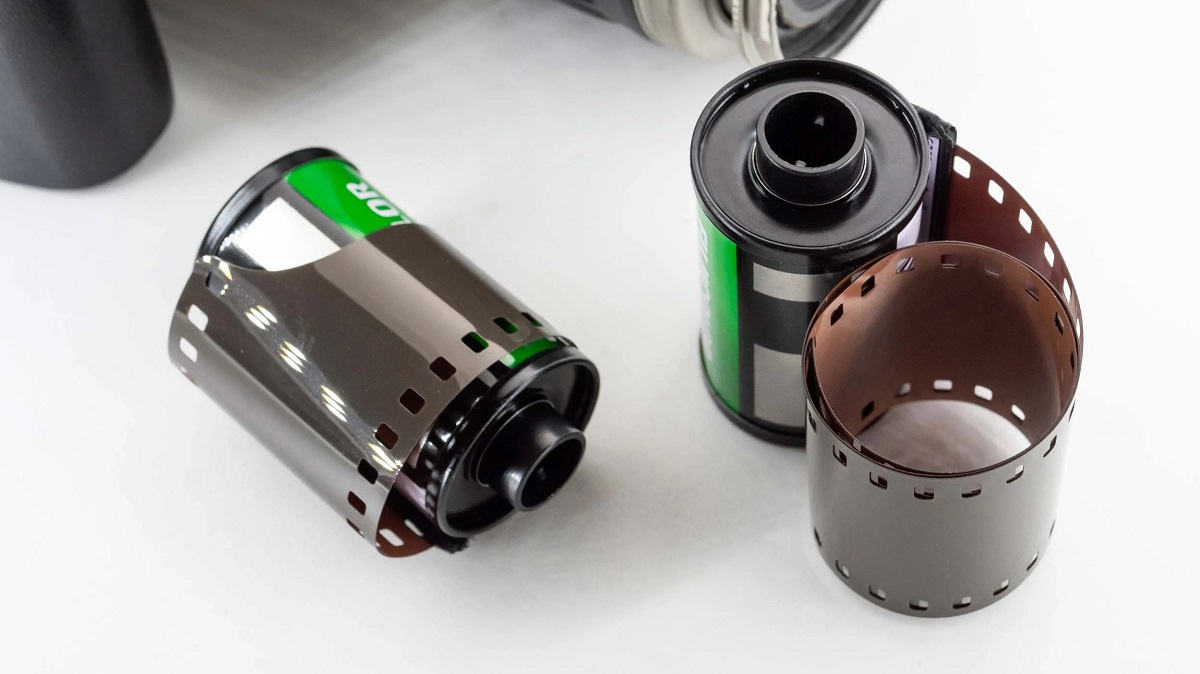
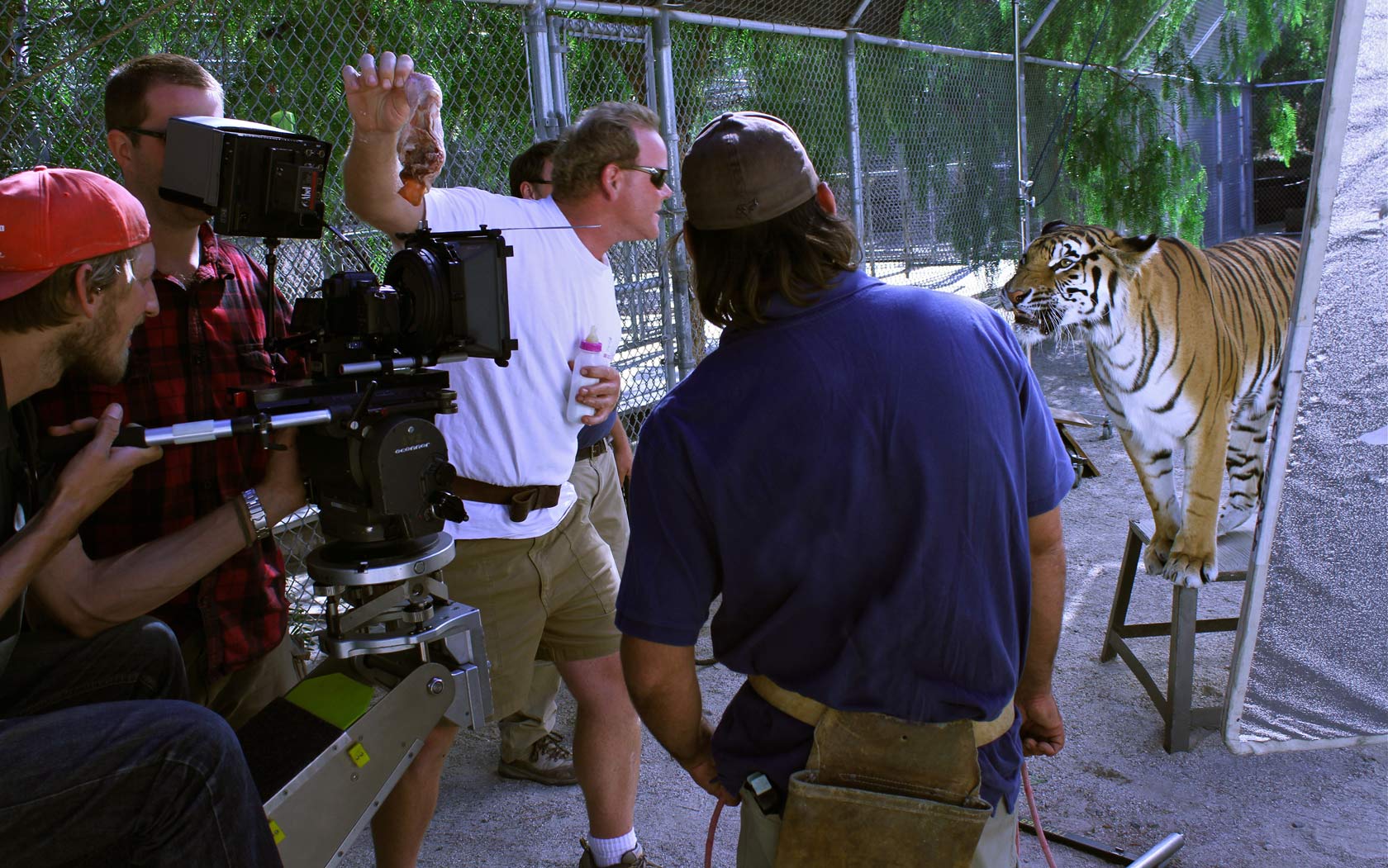
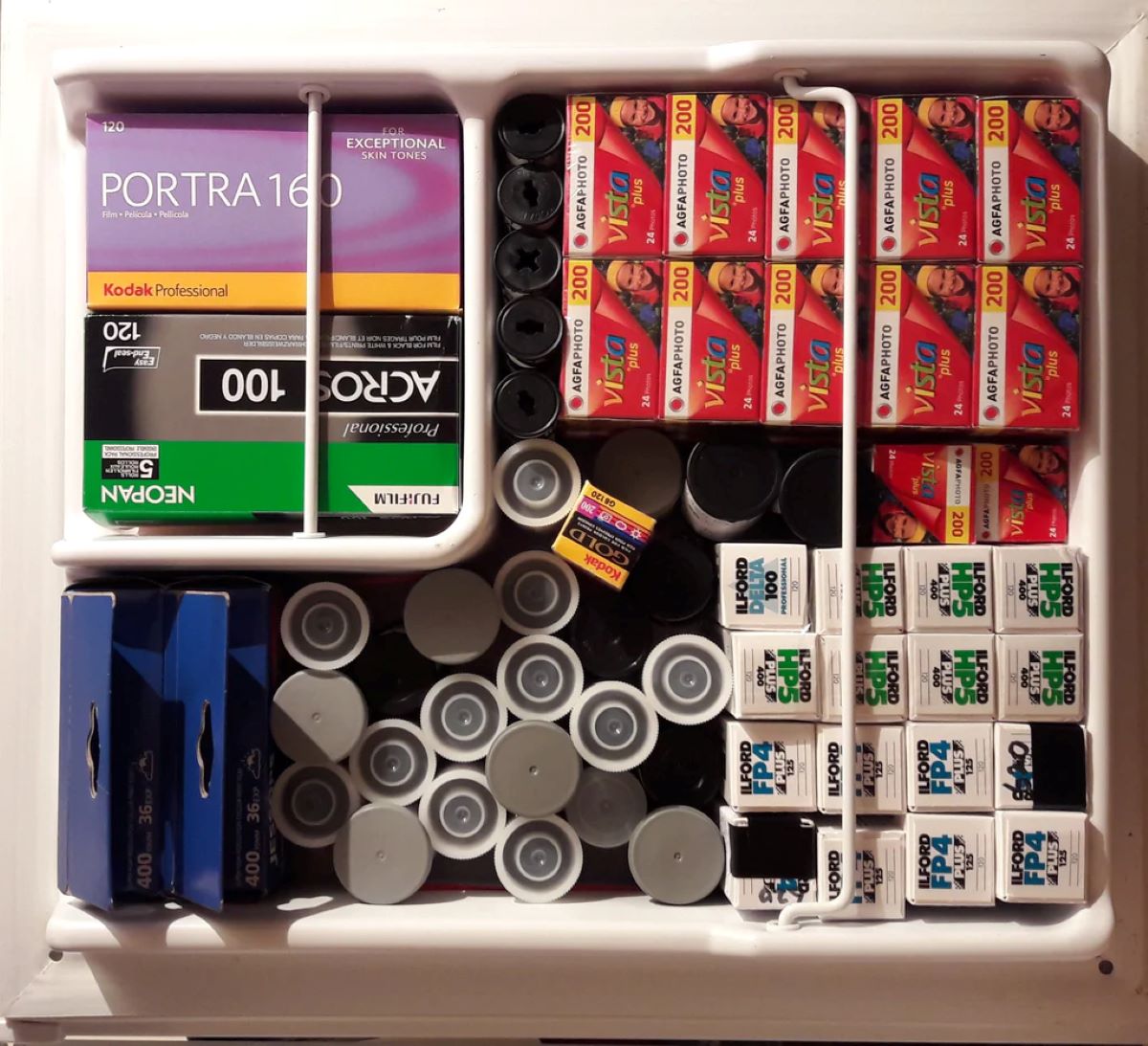
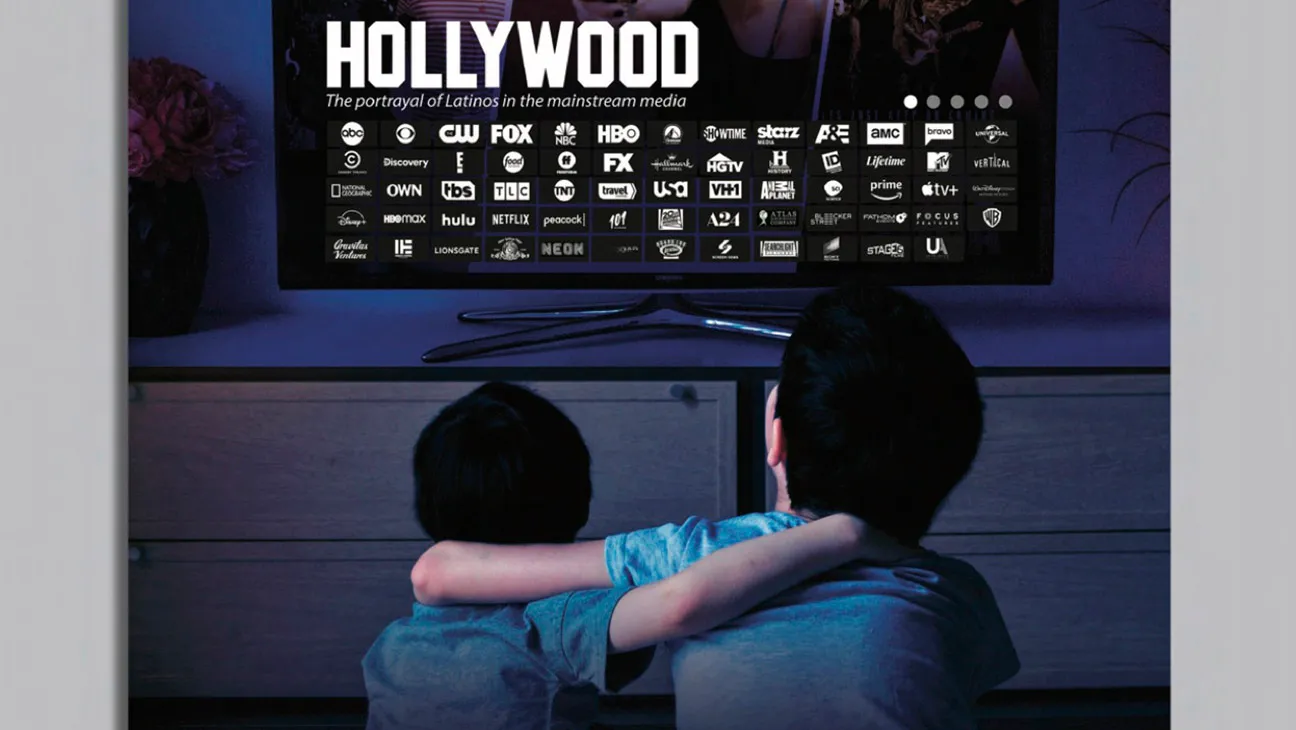
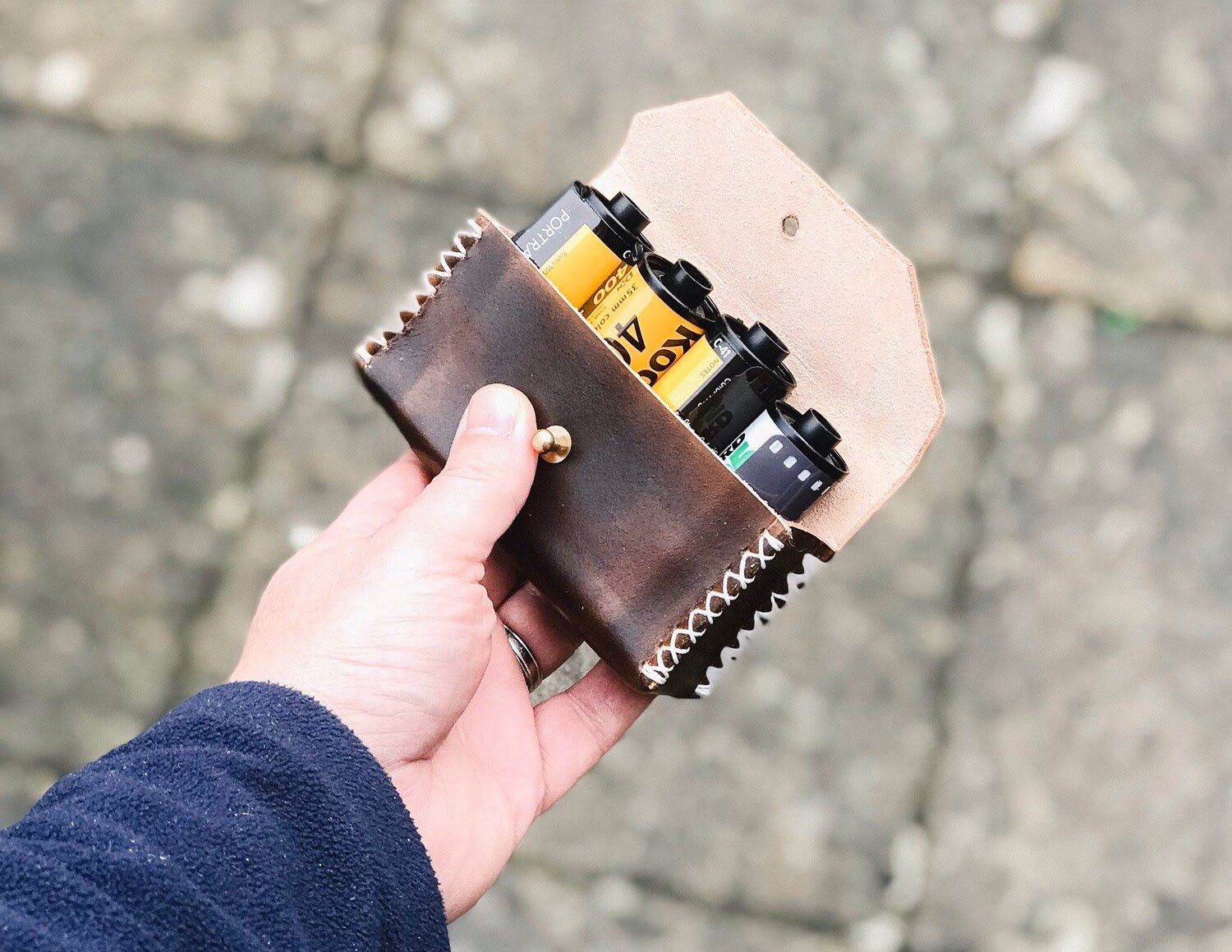
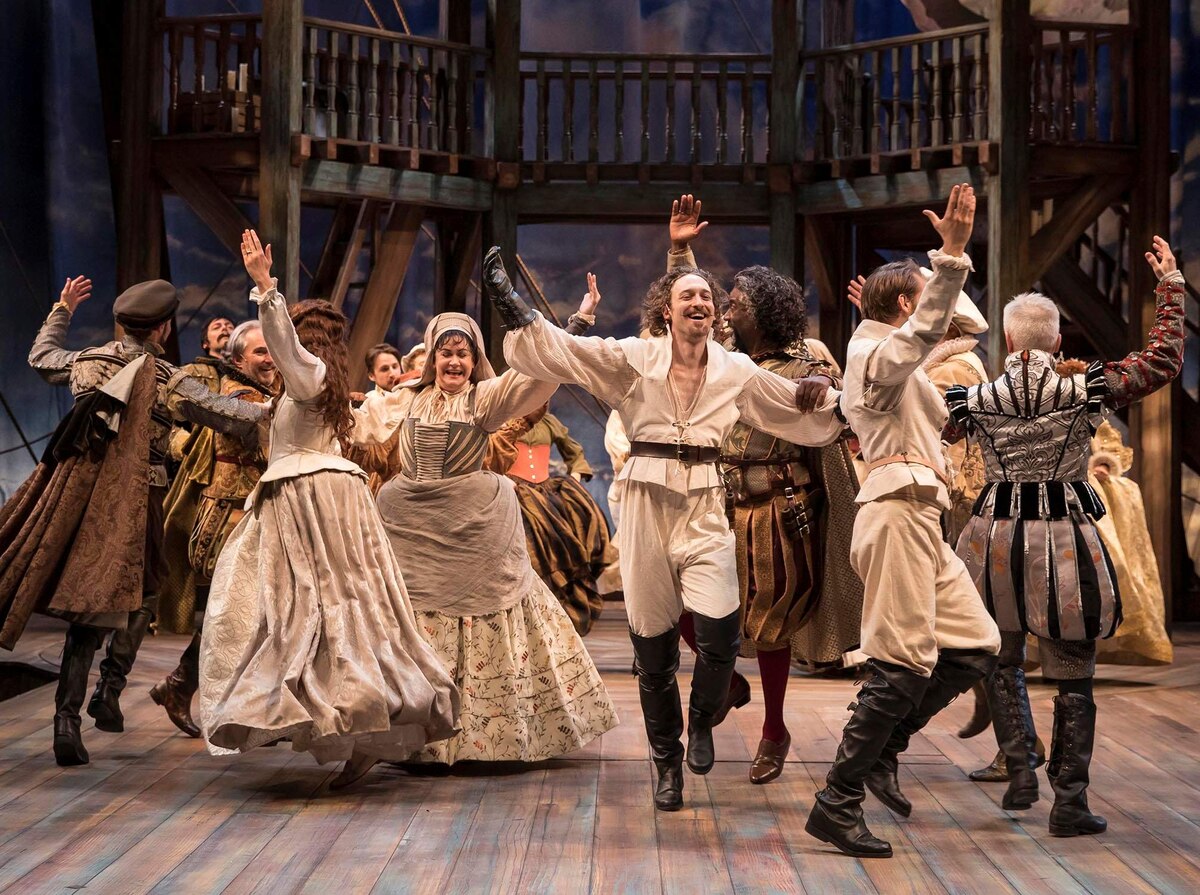
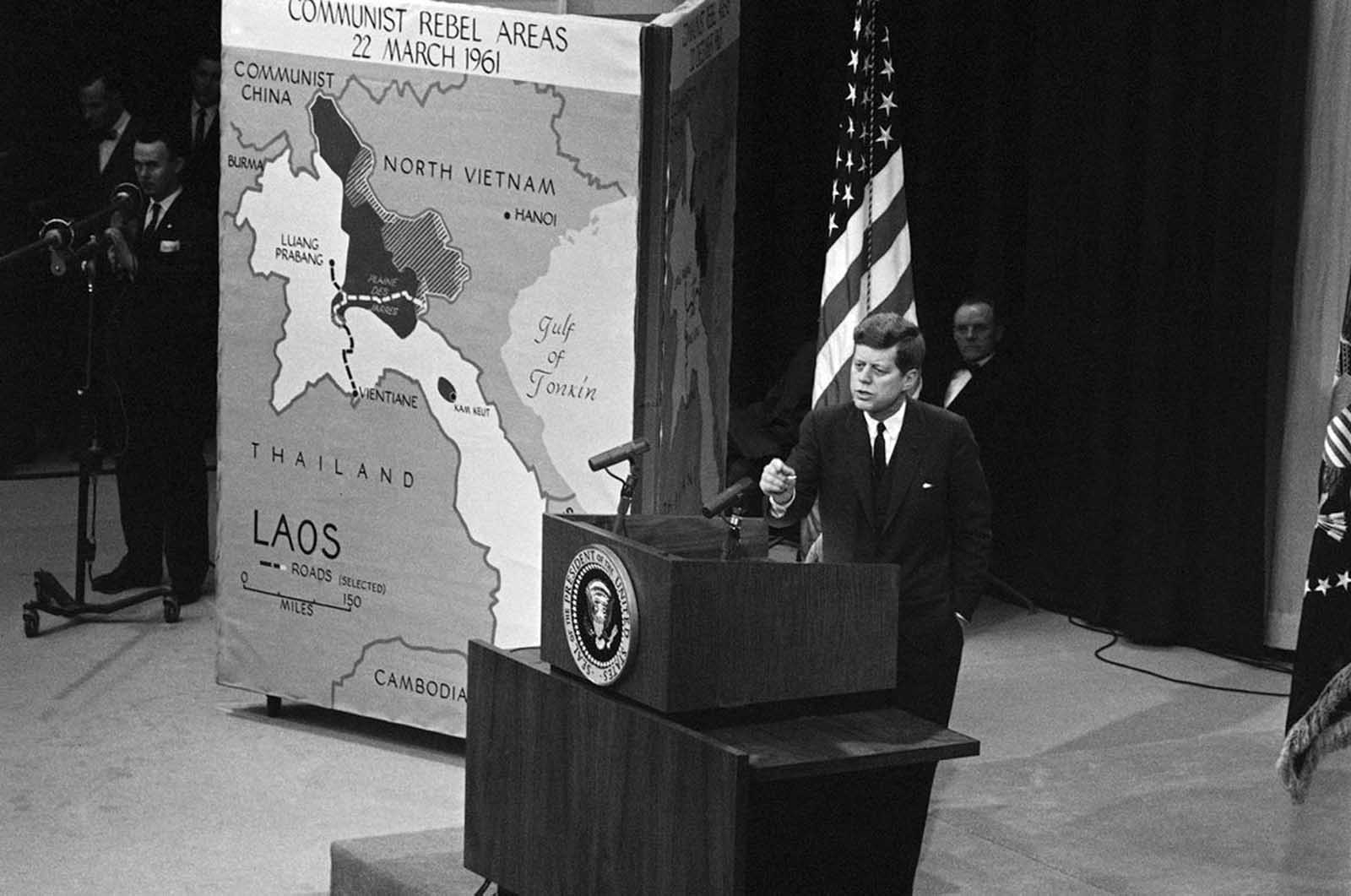
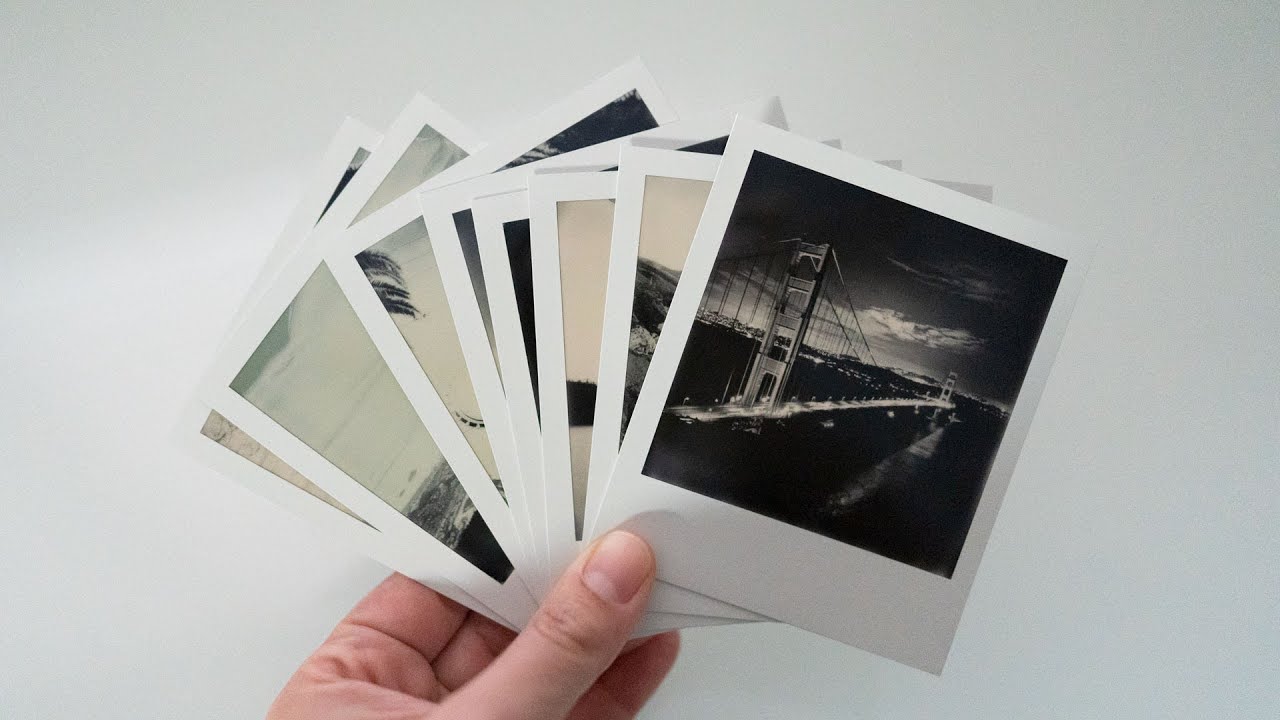

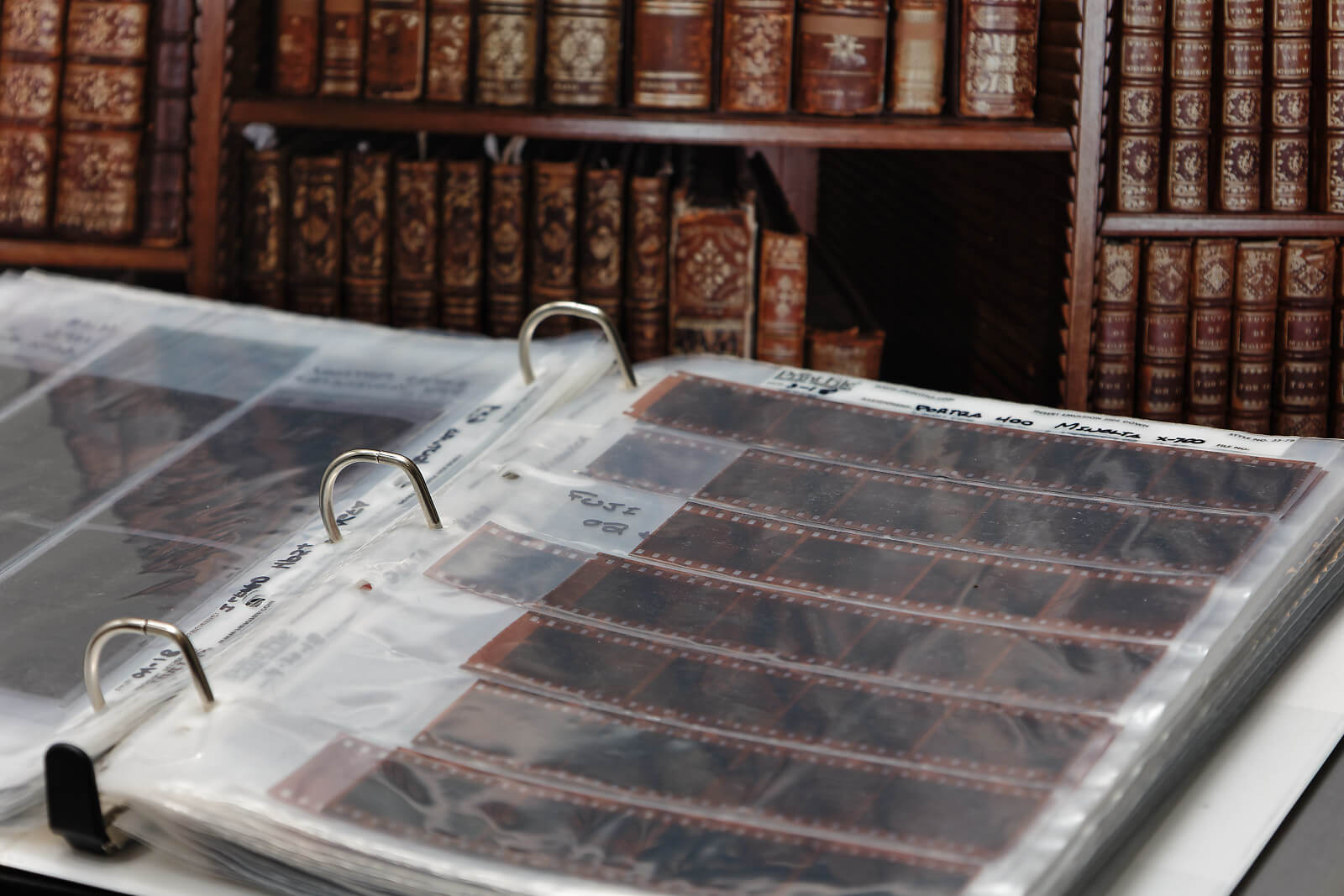
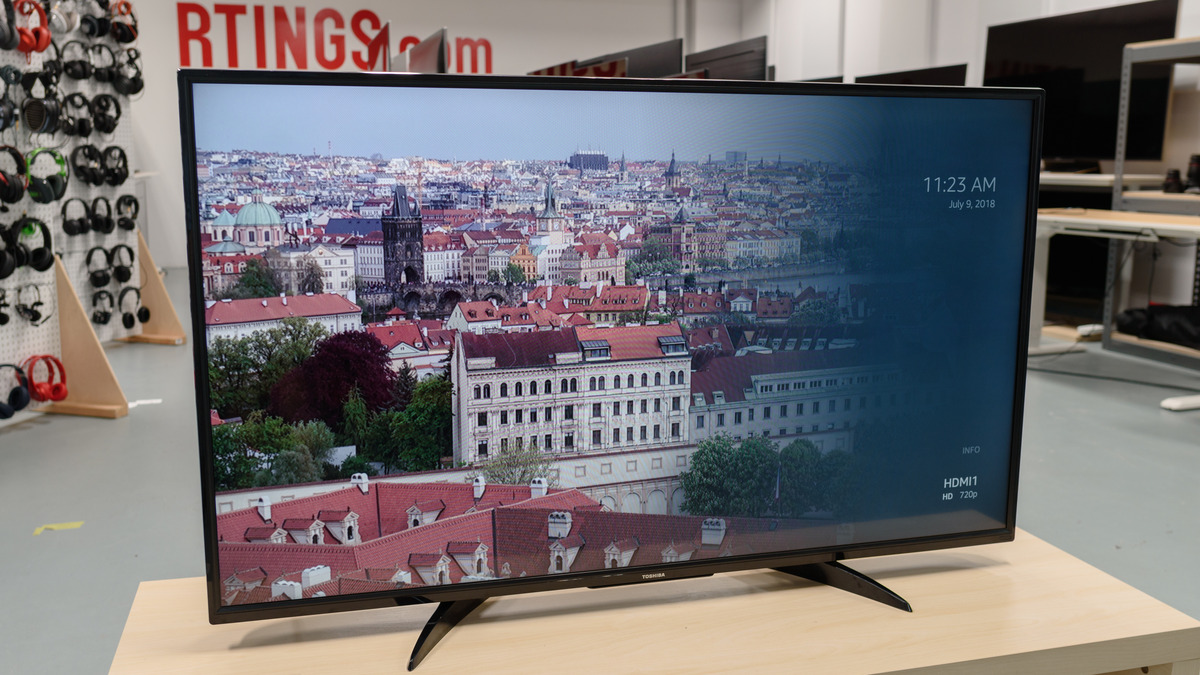
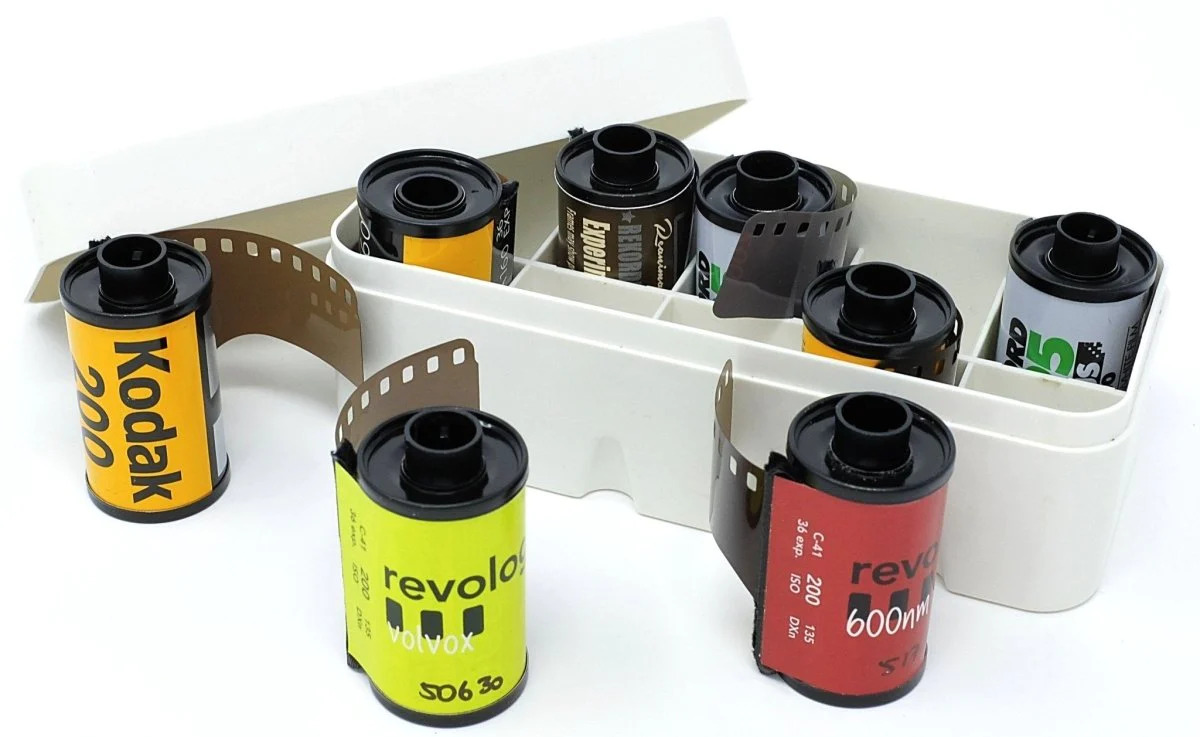
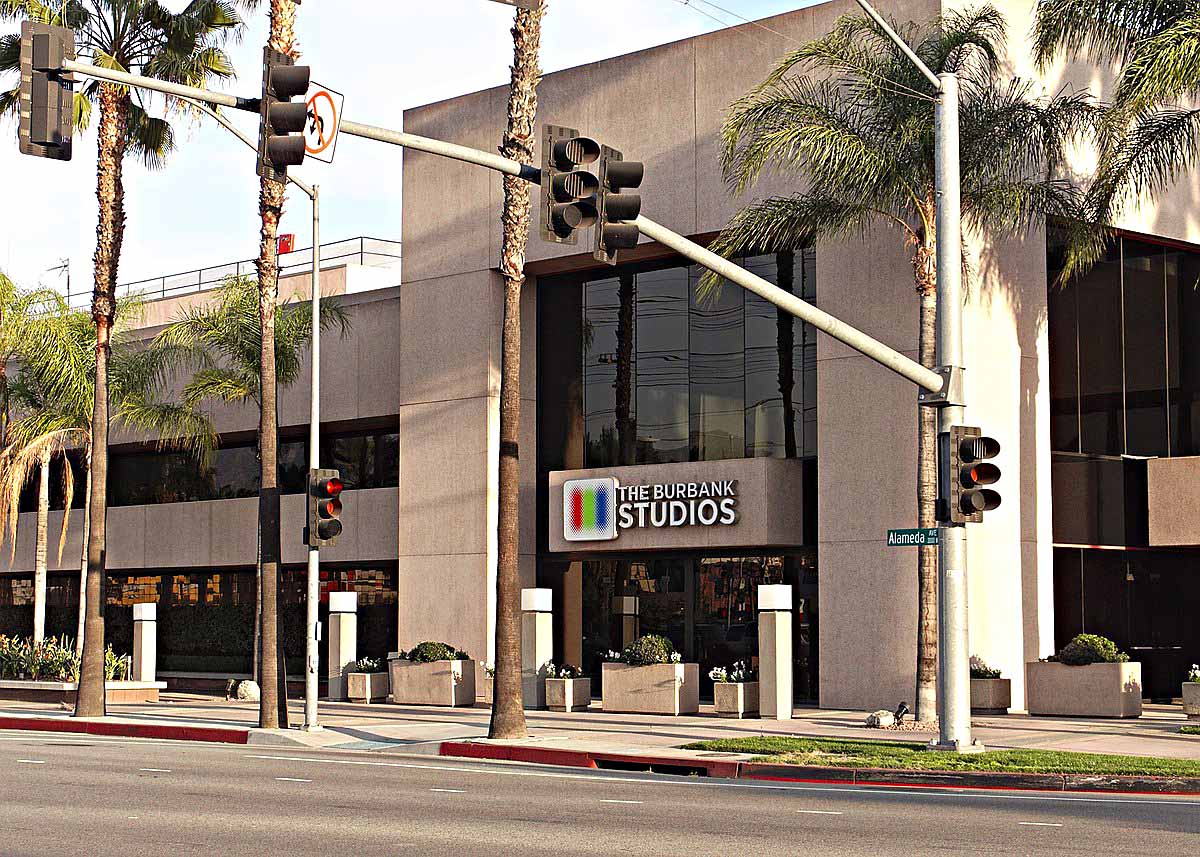
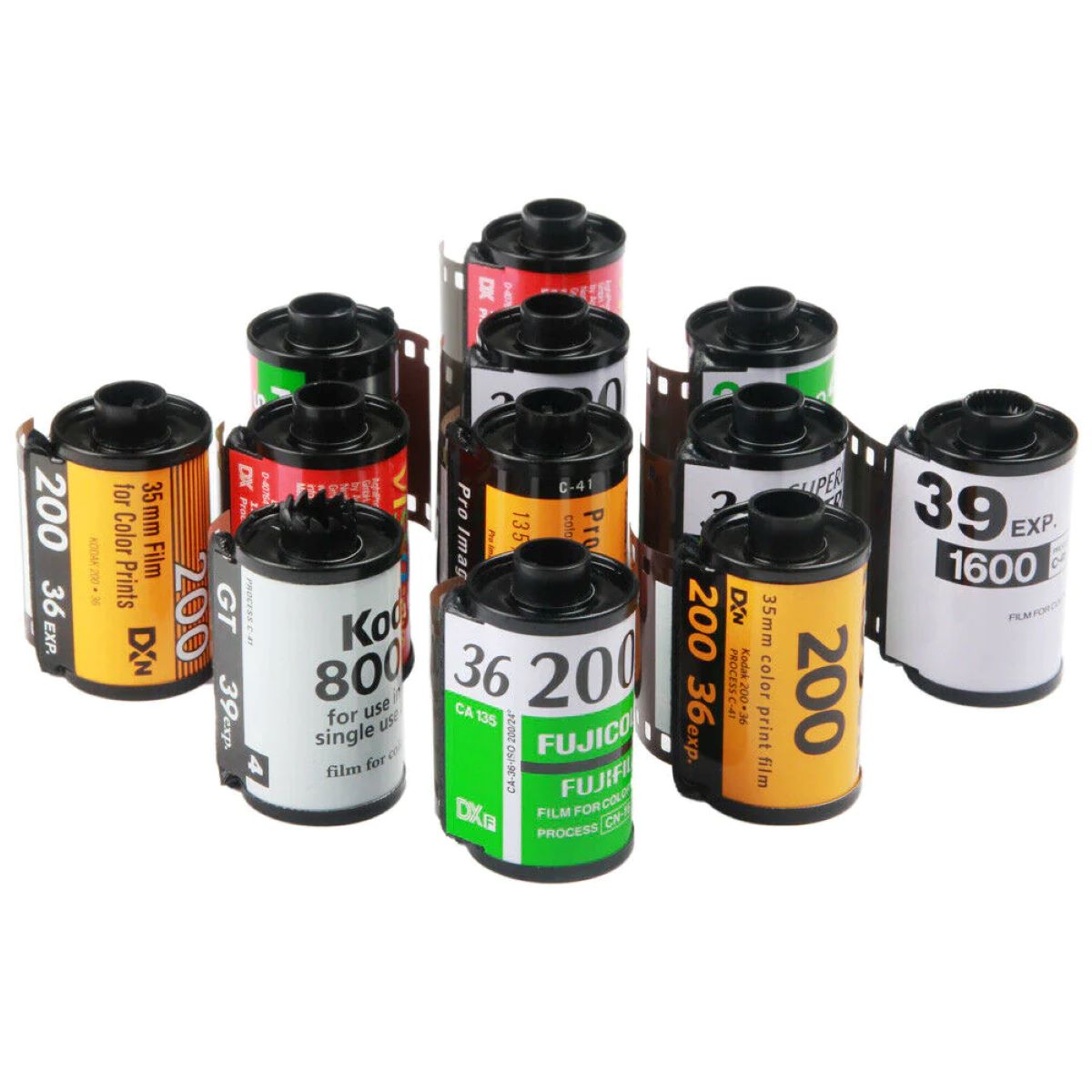

0 thoughts on “How Was Graphic Design Used In Film And Television?”